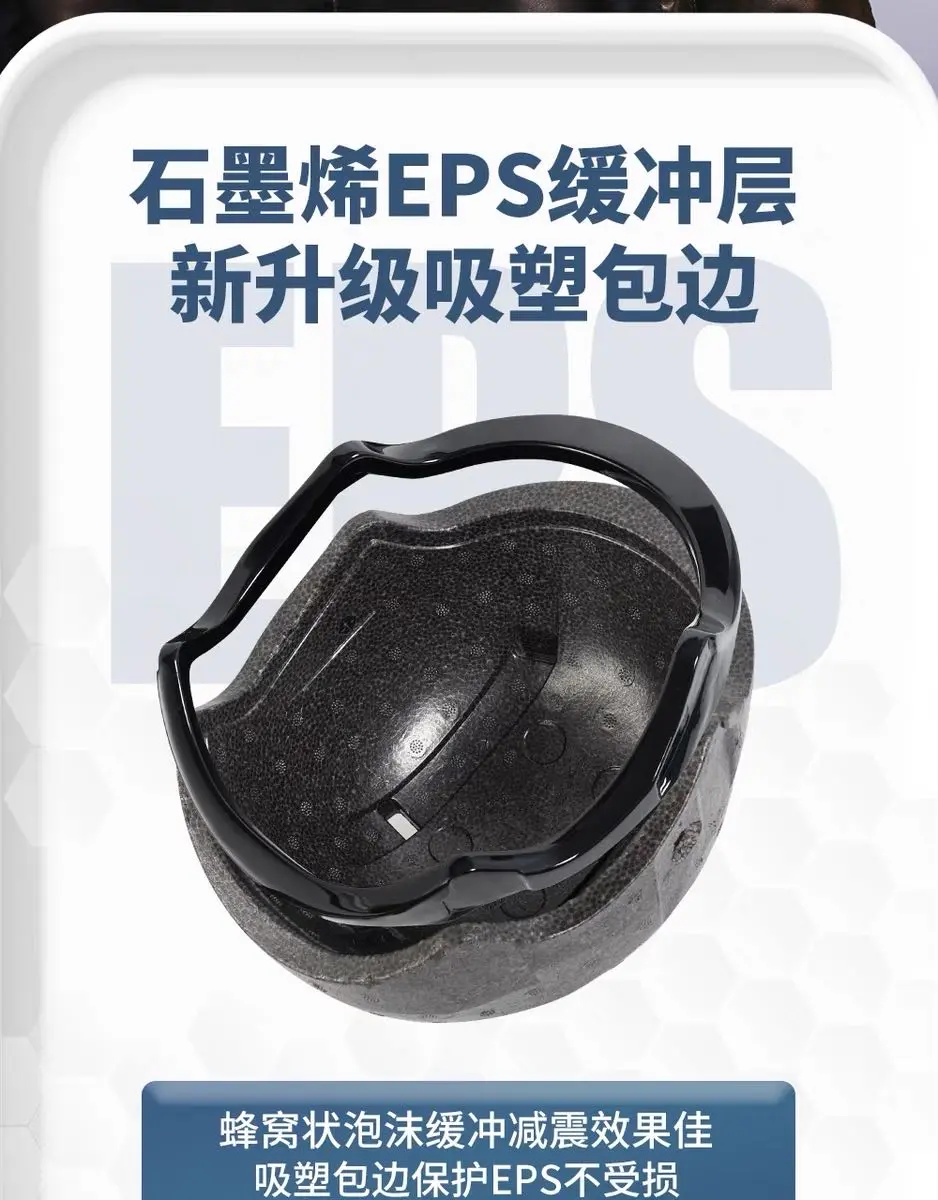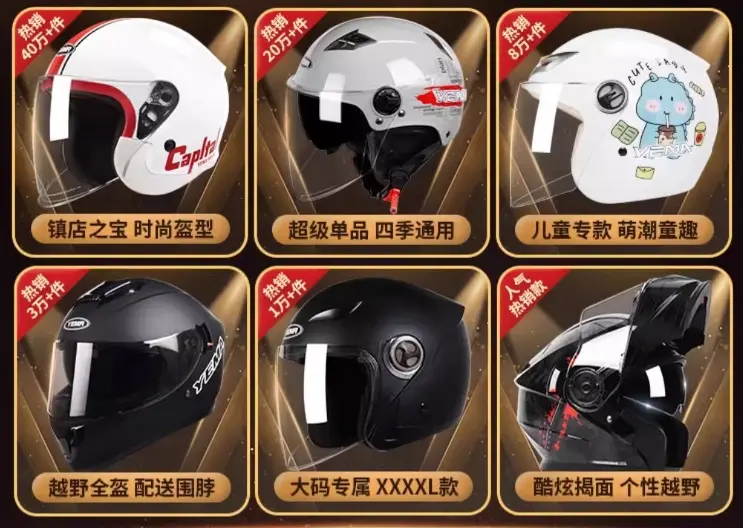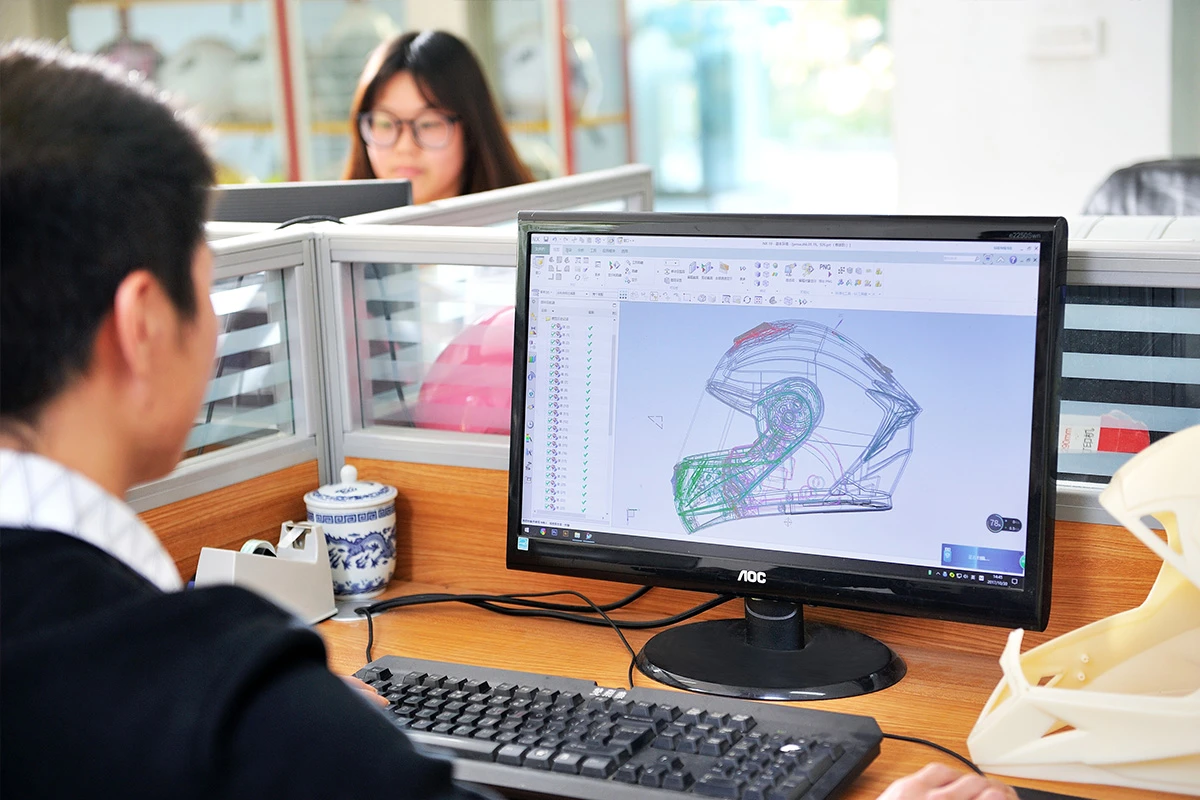
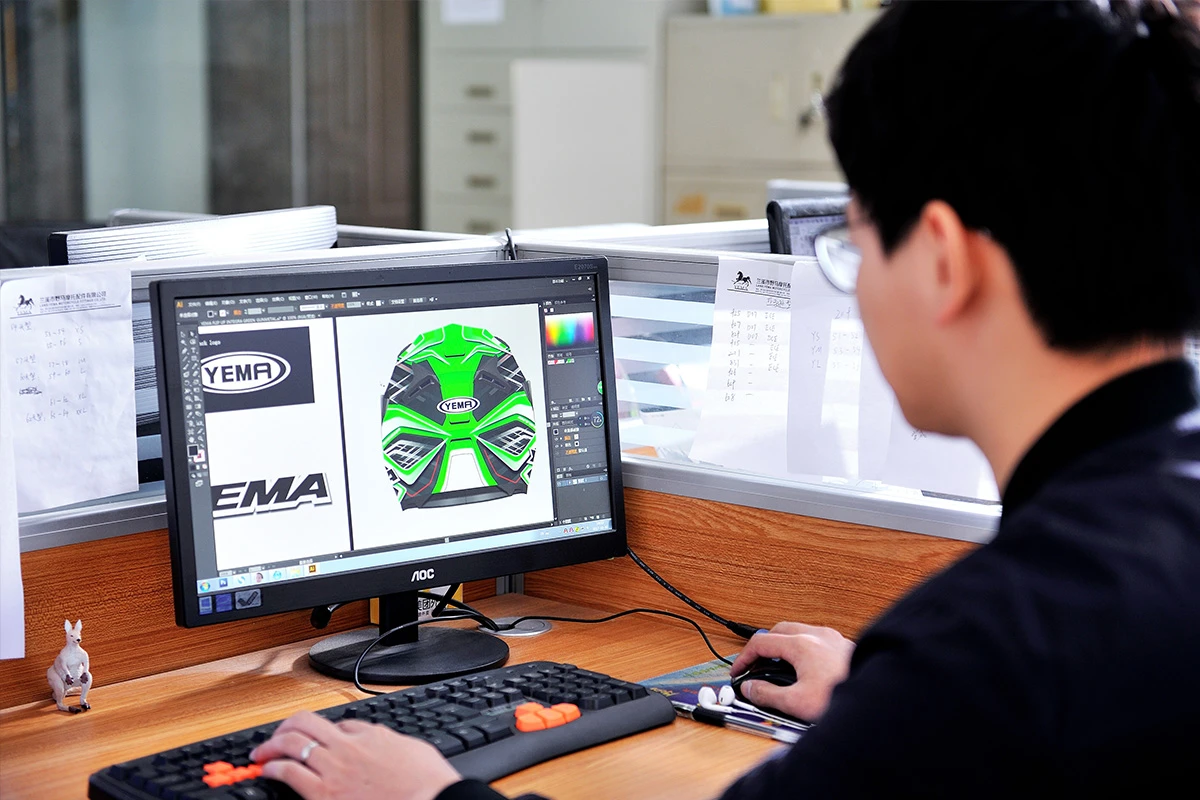
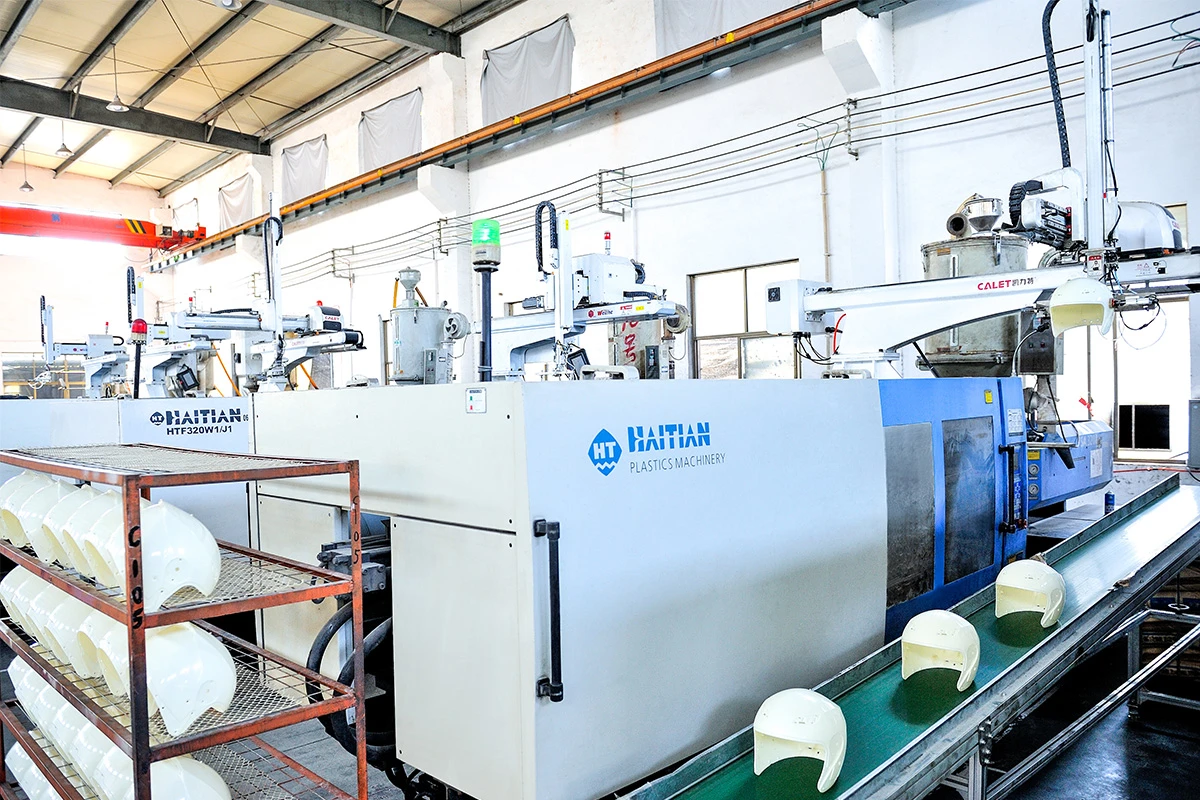
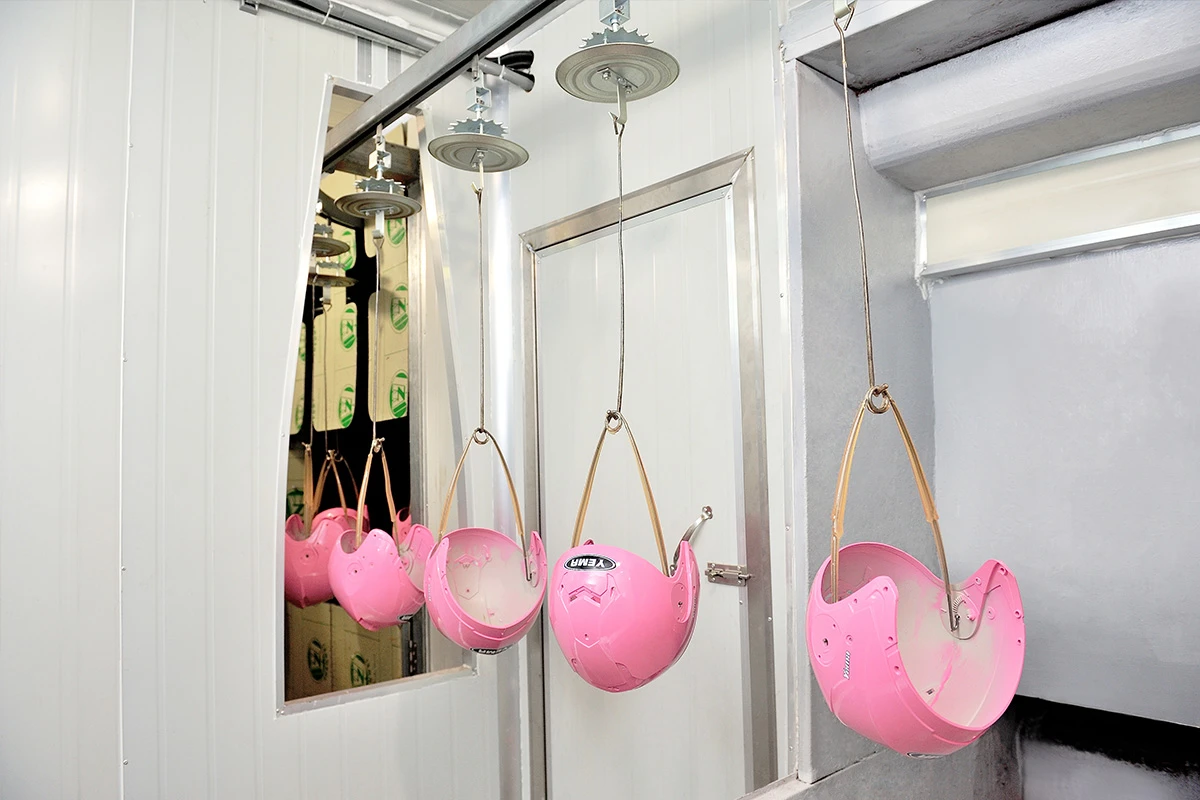
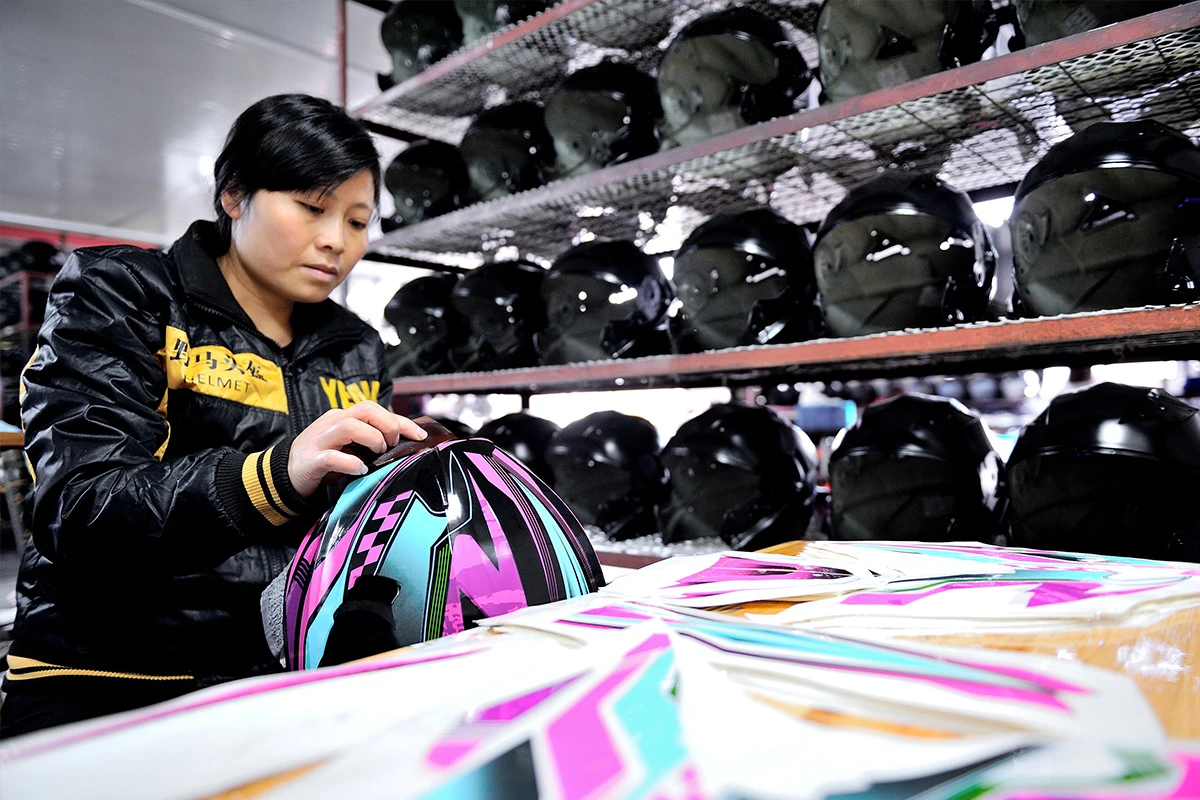
4、Manufacturing of the Buffer Layer
The manufacturing of the helmet buffer layer is equally important. EPS is a highly efficient energy-absorbing material that can reduce the impact force during a collision. The buffer layer is formed by a molding method using a mold. The EPS particles are heated and expanded, filled into the mold of the helmet lining, and then cured by high temperature to form the shape of the lining. The density and thickness of the lining will be adjusted according to different helmet models and standards.
5、Assembly
After the shell and buffer layer are manufactured, the assembly stage of the helmet begins. At this stage, the helmet shell and buffer layer are combined together, and accessories such as the neck strap, inner lining pads, adjustment system, and goggles are added. The assembly process requires a high degree of precision and quality control to ensure the stability and safety of the helmet.
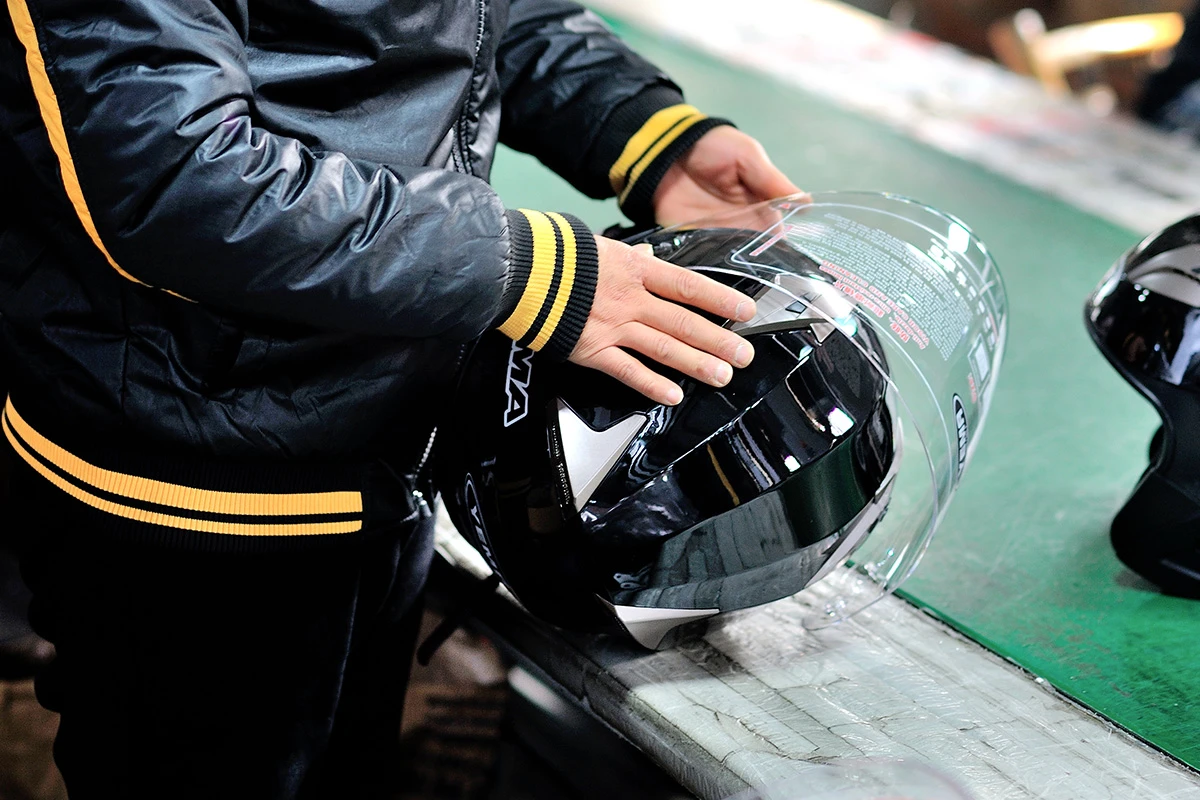
6、Quality Inspection
Quality inspection is a crucial part of the helmet production process. Yema Helmets will conduct strict quality inspections at each stage to ensure that the helmets meet the safety standards and quality requirements. Safety tests will also be carried out on the helmets, including tests for penetration resistance performance, impact energy absorption performance, and the stability and strength of the wearing device, etc. Only through strict quality inspection can the safety performance of the helmet be guaranteed in actual use.
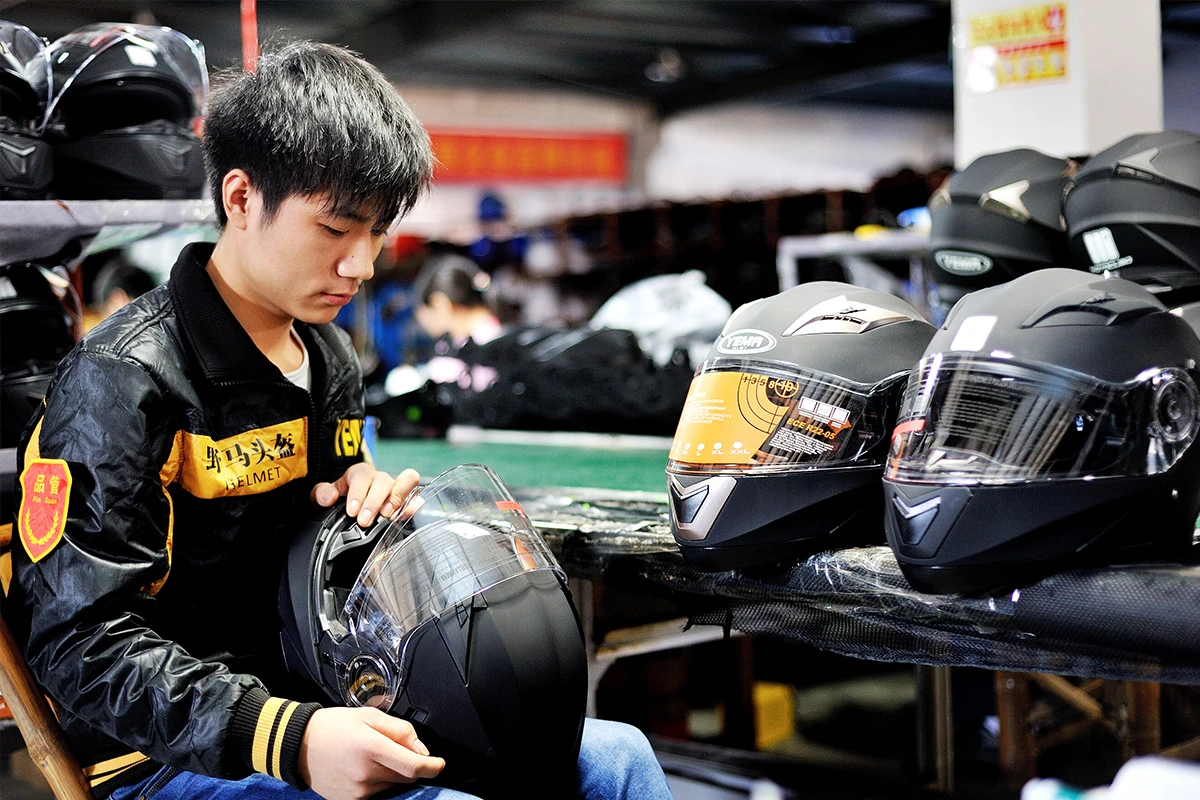
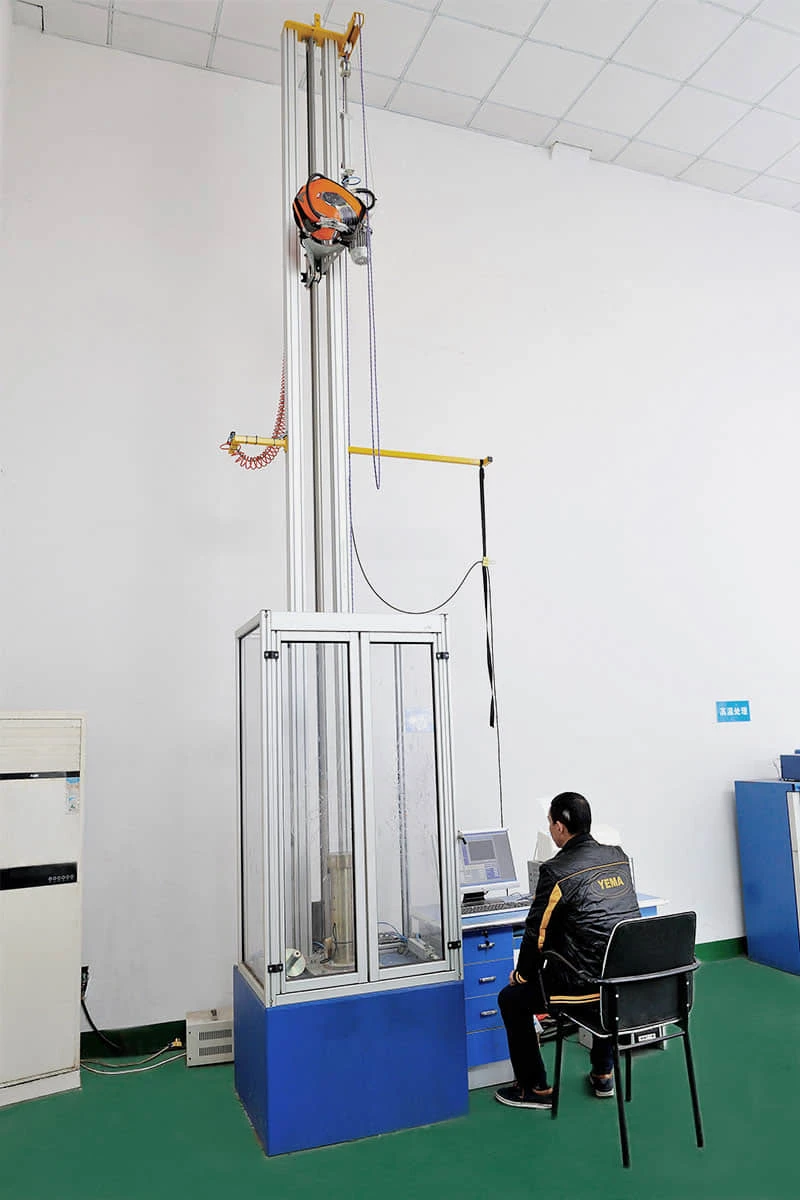
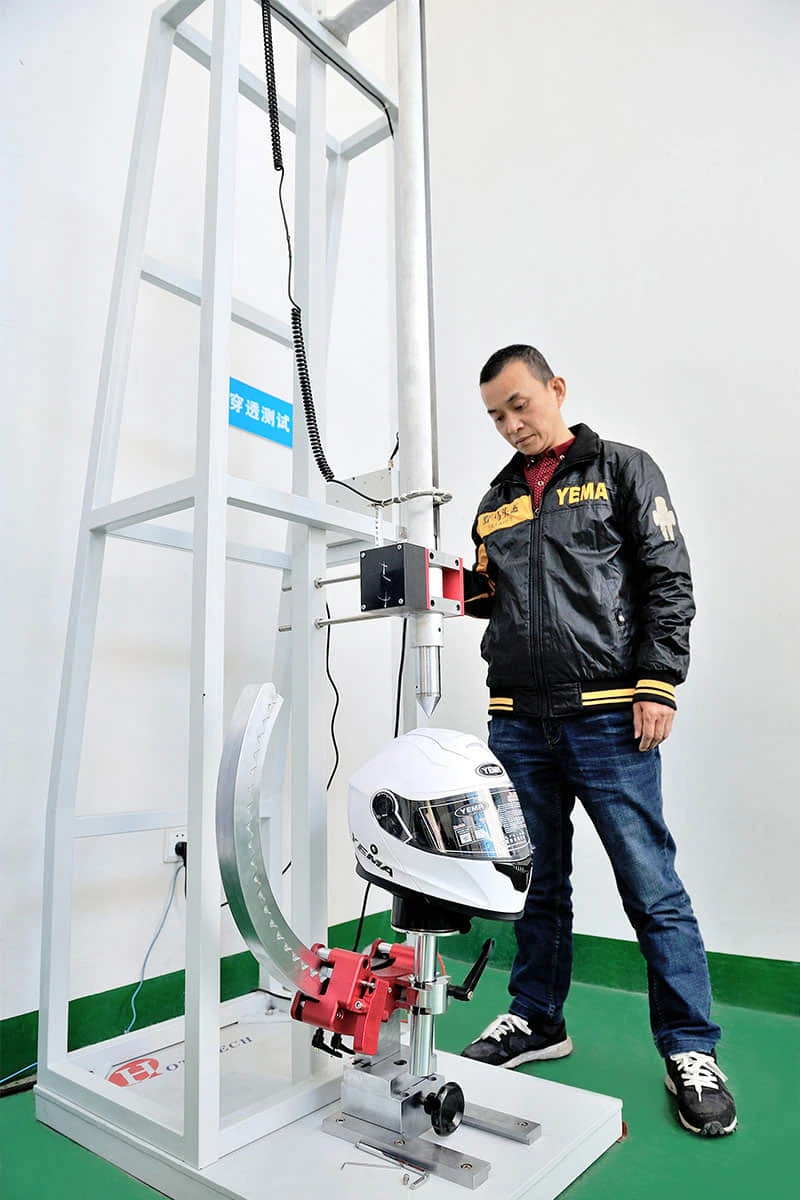
7、Packaging and Distribution
Finally, the helmets that pass the quality inspection will be packaged and prepared for shipment to the sales channels. The packaging of the helmets should protect them from damage during transportation. After the helmets are packaged, they will be distributed according to the requirements of the sales channels for consumers to purchase and use.
The production process of electric motorcycle helmets is a complex and rigorous process, covering multiple key links. Through the careful implementation and strict control of this series of steps, Yema Helmets can ensure the production of safe and qualified helmets, providing effective head protection equipment for riders.


